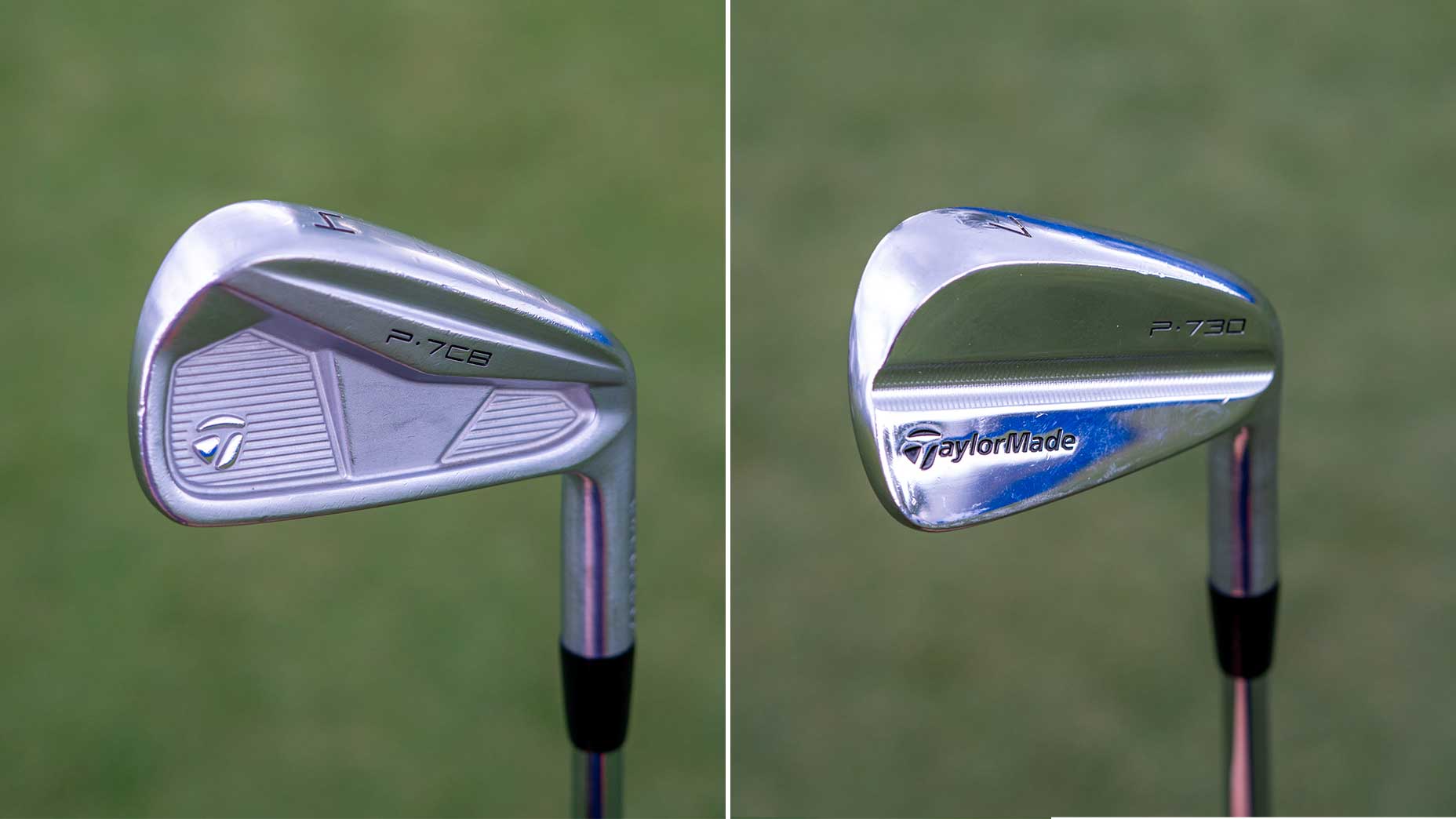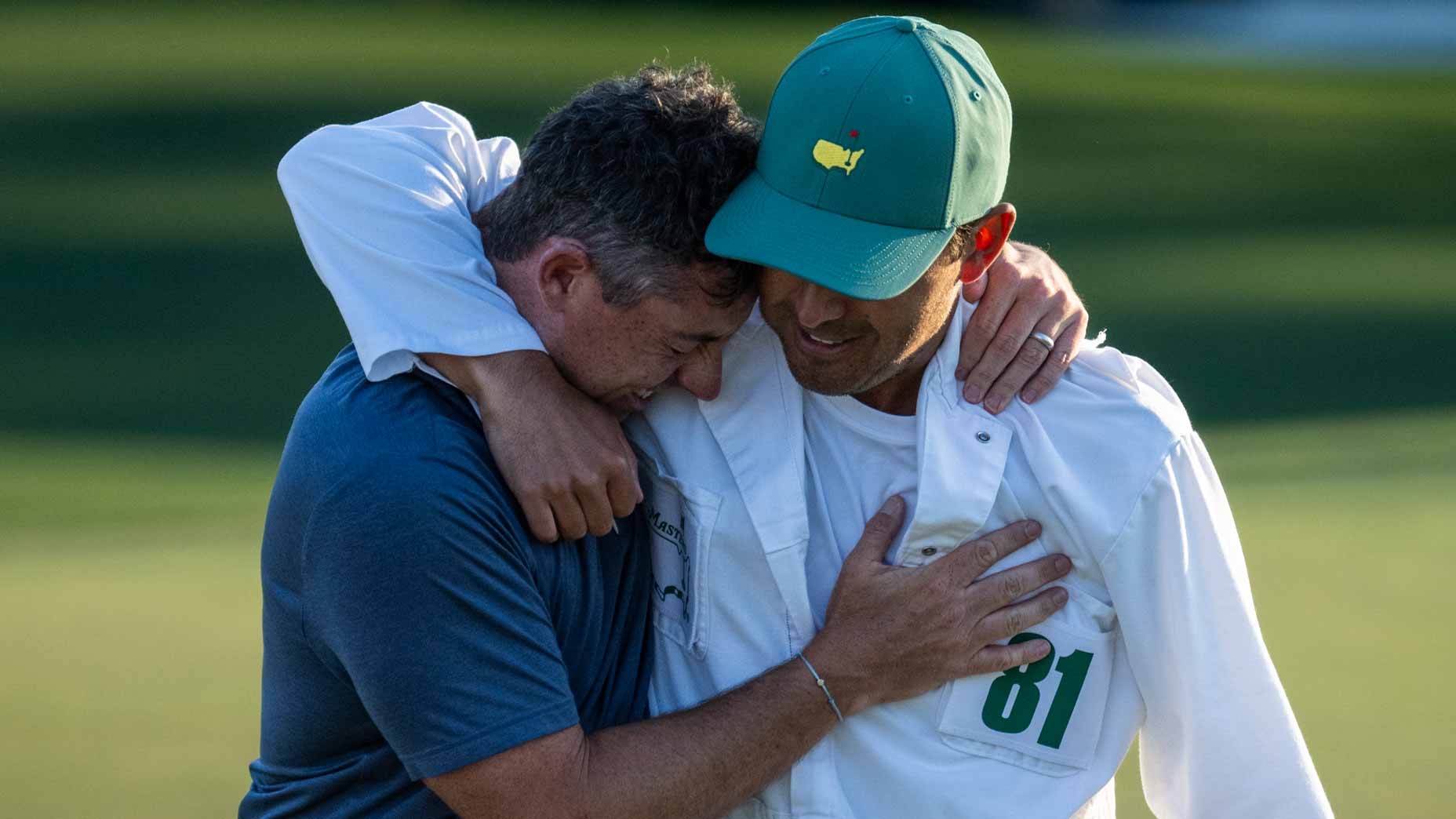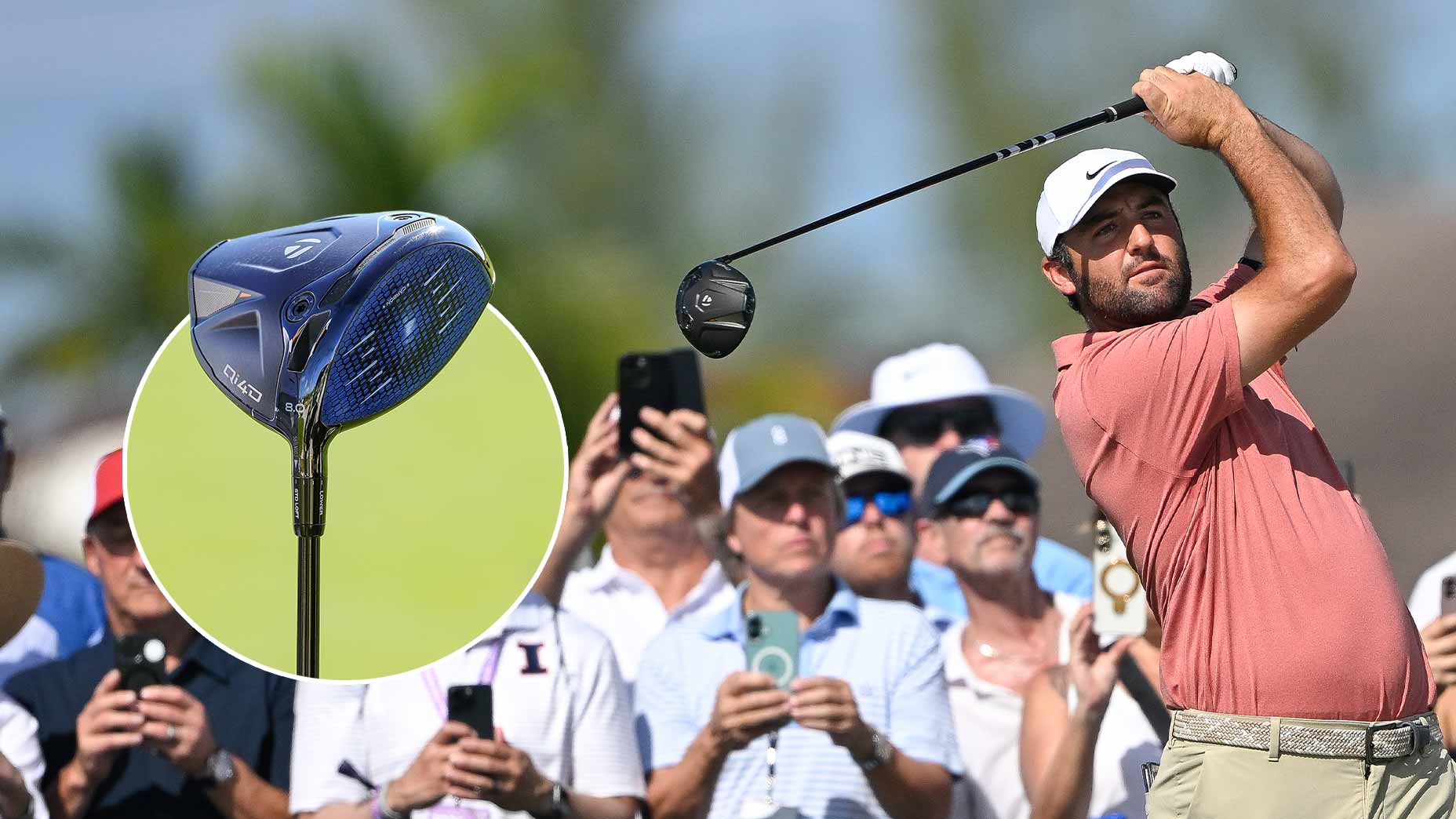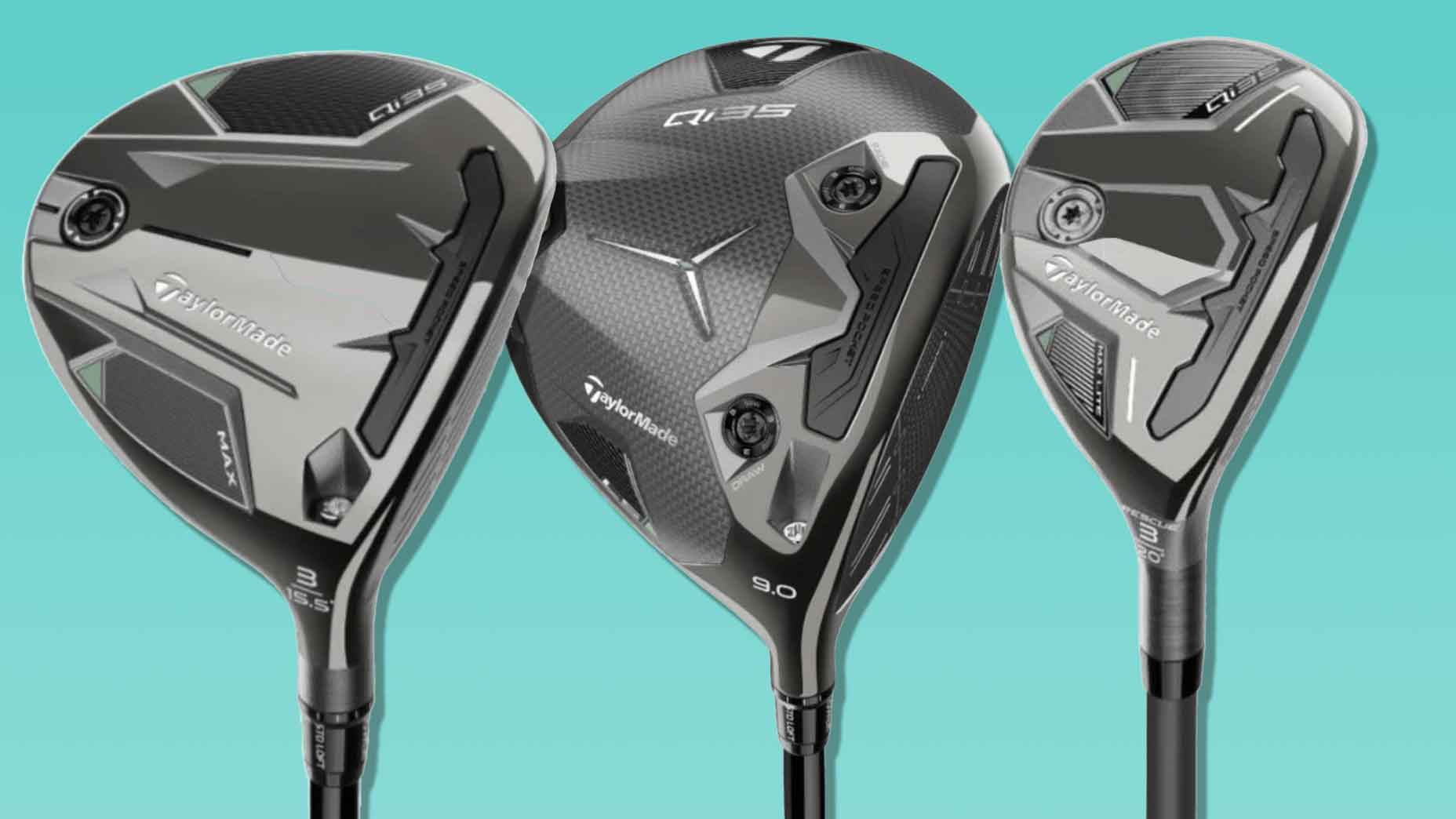Dustin Johnson possesses a rare combination of speed and consistency that most recreational golfers could only dream of replicating. When you’re averaging 311 yards off the tee with 177 mph ball speed — as Johnson did during the 2019-20 season — it’s easy to assume the Masters champion is bombing drives with a TaylorMade setup featuring ultra-stiff shafts.
The general assumption is a tip-stiff shaft will kill spin, lower launch and generate more distance. Depending on your swing speed and how you deliver the driver (or any club for that matter) to the ball, going to a stiffer product could be the best fit for your game.
But don’t just assume that because you swing it fast, that automatically means you need a stiff or extra-stiff shaft.
Yes, a large majority of the pros on the PGA Tour employ an extra-stiff part in their driver and irons. However, if you were to take a closer look at the actual specs, you’d find that some are manipulating the shaft to play slightly softer, DJ included.
In a recent interview on GOLF’s Fully Equipped podcast, Keith Sbarbaro, TaylorMade VP of Tour Operations, revealed that Johnson doesn’t play a TX (tour extra-stiff) Fujikura shaft in his driver (D4 swing weight) or even a standard True Temper X100 shaft in his irons (D6 swing weight).
“They’re a little softer,” Sbarbaro said. “Everyone would think because he’s a strong hitter he’d need the stiffest shafts. Even his driver shaft is just a standard X of what he plays. It’s not a crazy stiff part like a Whiteboard or something. It’s definitely a lot softer.”
Not only does Johnson play a standard extra-stiff shift in his driver, he ups the loft on his TaylorMade SIM driver to 11 degrees to achieve a high launch for additional carry distance — a measurable that’s far more reliable than calculating total distance (carry plus rollout).
With the irons, Johnson “soft steps” his X100 shafts, which means he’s using, for example, a 5-iron shaft in a 6-iron, a 6-iron shaft in a 7-iron and so on. The benefit of soft-stepping a shaft is to get more flex, raise launch and spin. You can also “hard step” an iron — doing the opposite — to make the shaft firmer, lower ball flight and reduce spin.
It’s also worth noting Johnson plays a lighter 120-gram KBS Tour part in his wedges for feel and flight purposes.
“I think a lot of people, even those on Tour, tend to play stuff that’s way too stiff — whether that’s irons or woods,” Sbarbaro said. “For me, I think the softest shaft you can play is probably best. It just makes it easier to hit the ball. Like I said, DJ soft steps the X100’s and hits it pretty hard. If he can do that, I’m sure a lot of other people could benefit from it also.”
So next time you’re debating on making a shaft change, consider the idea of testing a slightly softer flex. It’ll help get the ball airborne and potentially increase your overall carry distance. If a softer flex works for DJ, it’s very possible it could work for your game as well.
Interested in hearing more from Sbarbaro? Check out the entire Fully Equipped podcast with him in the Spotify embed below.









